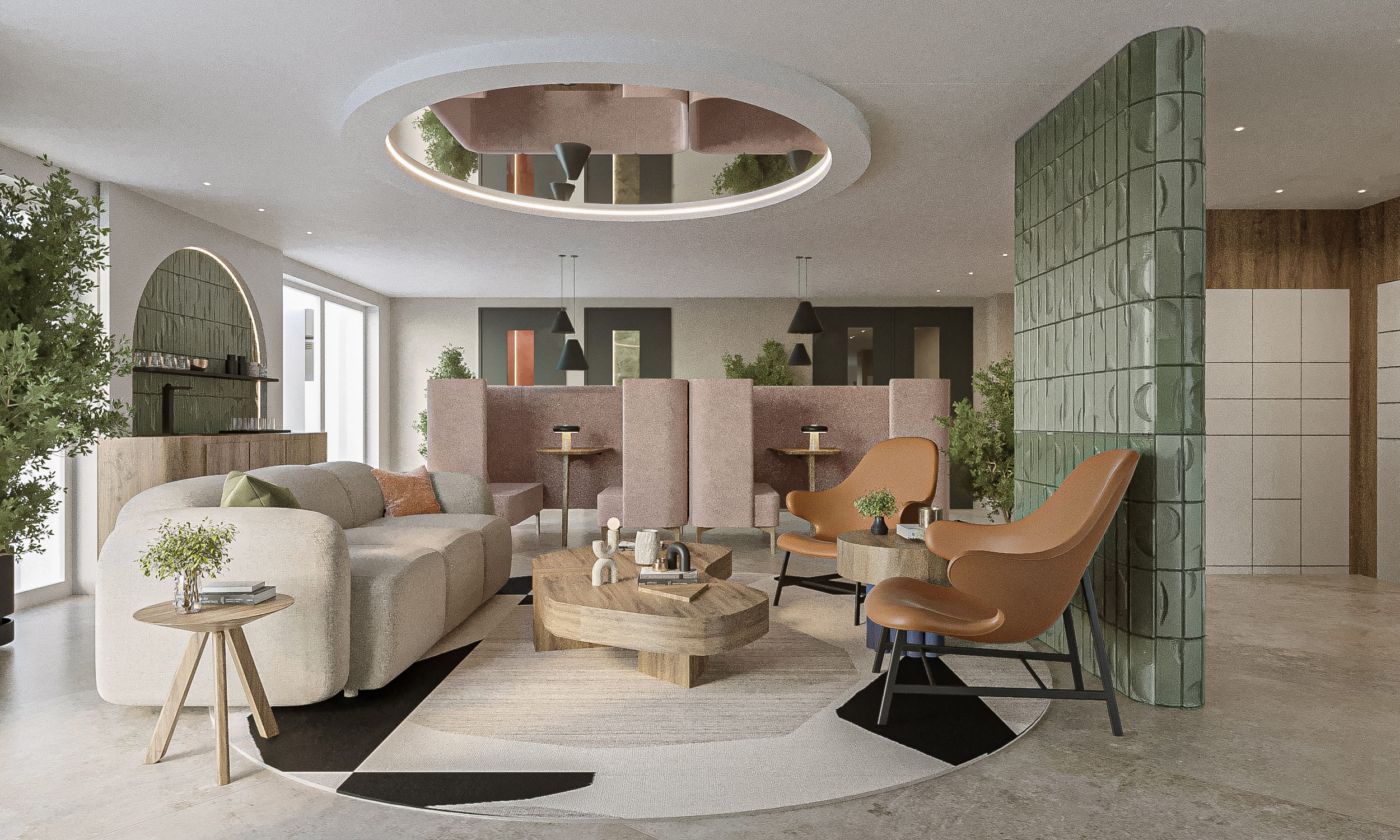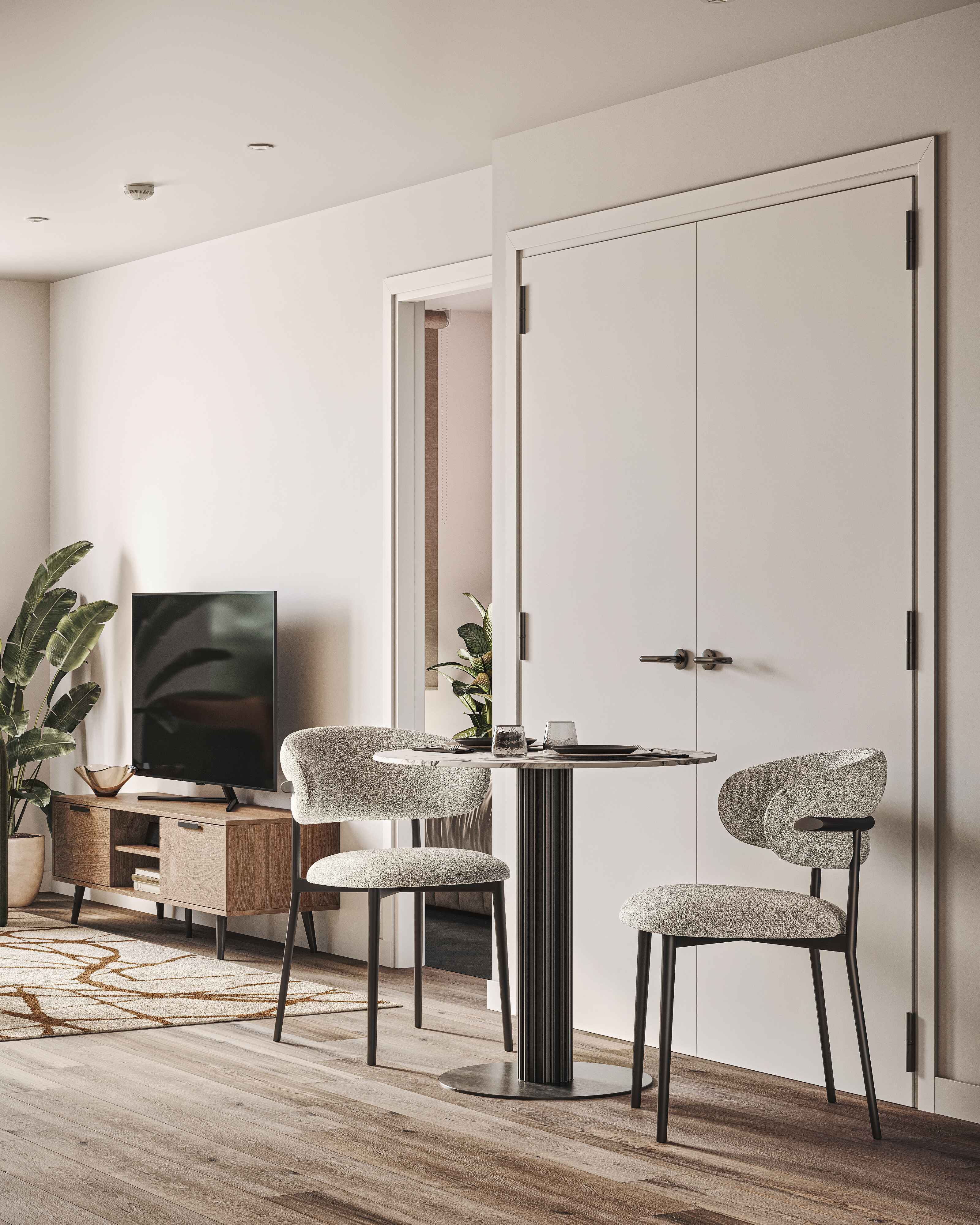The art of experiential design
In the ever-evolving world of travel, staying in a hotel has transformed from a simple necessity to an experience that many travelers seek out with great anticipation. The most memorable hotels today aren’t just about luxury and comfort—they’re about telling a story, immersing guests in the local culture, and creating an environment that feels uniquely tied to the destination. And the secret ingredient that makes this happen? Thoughtful, culturally infused interior design.
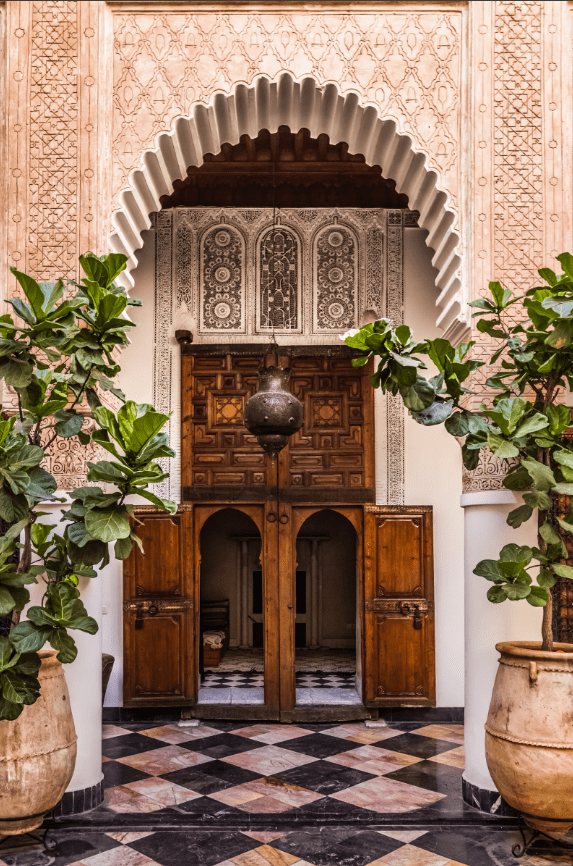
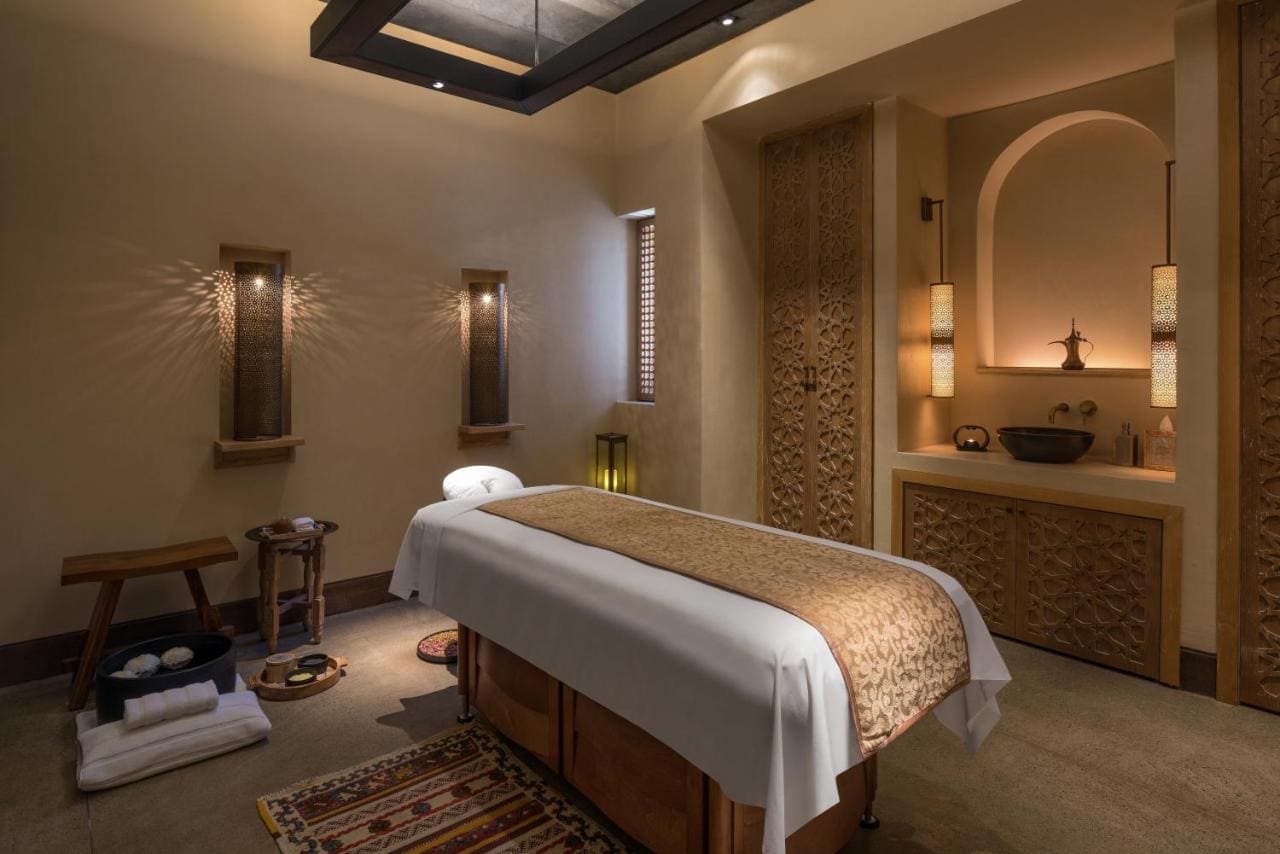
Why Local Culture Matters in Hospitality
Imagine walking into a hotel lobby and immediately feeling like you’re in the heart of the destination—not just another generic space that could be anywhere in the world. That’s the magic of integrating local culture into hotel design. It’s about creating a vibe that’s uniquely tied to the place you’re visiting, making you feel like you’re truly part of the local scene.
When a hotel’s design reflects the local culture, it does more than just look good. It creates a connection—a sense that you’re not just visiting a new place but really experiencing it. From the architecture and materials to the colors and decor, every detail can tell a story about the destination’s history, traditions, and way of life.
Storytelling Through Design: A Journey Across the Globe Across the Globe
Let’s take a little trip around the world and check out some of the coolest hotels that have truly embraced local culture in their design. These spots aren’t just places to stay— they’re places to experience
1. Aman Tokyo, Japan: A Peaceful Blend of Tradition and Modernity
Nestled in the heart of bustling Tokyo, Aman Tokyo is a shining example of how traditional Japanese aesthetics can blend seamlessly with modern luxury. The hotel’s design pulls heavily from Japan’s rich cultural heritage, incorporating elements like washi paper, wooden partitions, and stone pathways, all while maintaining a contemporary vibe.
Walking into Aman Tokyo feels like stepping into a serene, modern sanctuary that whispers of Japan’s timeless traditions. The lobby, with its high ceilings and sweeping city views, feels like a modern take on a traditional Japanese garden. The design concept here is “ma,” which focuses on the space between objects, creating an environment that’s calm, peaceful, and perfect for unwinding
But there’s more to it than just materials and layout. The design philosophy here embraces “wabi-sabi,” a Japanese concept that finds beauty in imperfection and transience. This comes through in the subtle textures and neutral tones that give the hotel its understated elegance. Aman Tokyo is a brilliant example of how local culture can be woven into every inch of a hotel, creating an experience that’s both modern and deeply connected to its roots.
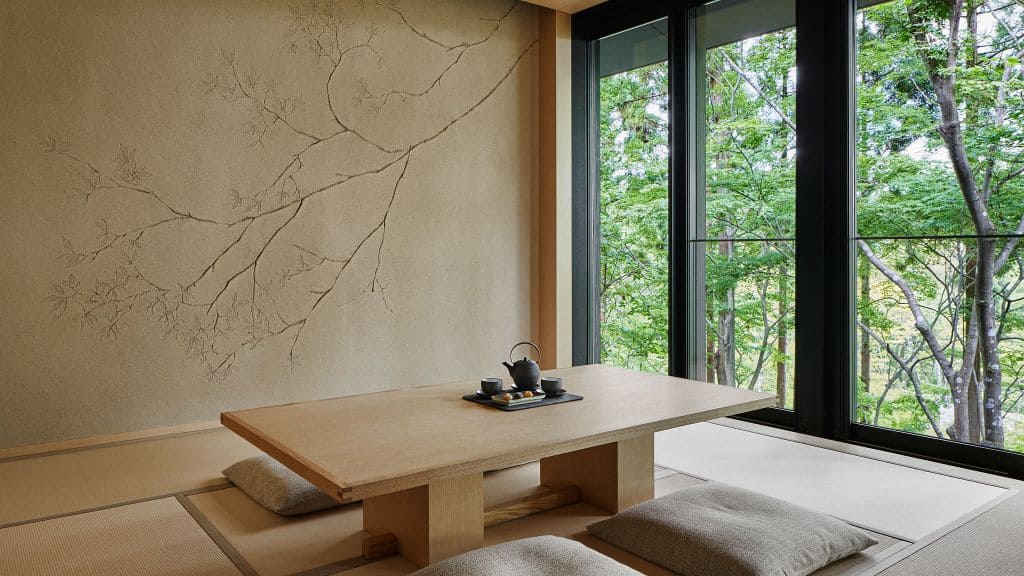
2. El Fenn, Marrakech: A Vibrant Celebration of Moroccan Craftsmanship
El Fenn in Marrakech is a riot of color, pattern, and texture—a true celebration of Moroccan culture where every inch of the hotel tells a story. Housed in a historic riad, the design is a feast for the eyes, bursting with the vibrant energy of Morocco.
From the intricate zellige tilework to handwoven rugs and colorful lanterns, El Fenn showcases the best of Moroccan craftsmanship. The hotel’s interior is a visual delight, with bold colors like deep reds, blues, and greens that mirror the lively atmosphere of Marrakech. But it’s not just about the visuals—El Fenn’s design is also a tribute to the country’s artisanal traditions, with many of the furnishings and decor crafted by local artisans
What makes El Fenn so special is how it blends these traditional Moroccan elements with a modern twist, creating a space that feels authentic yet fresh. It’s not just a place to stay; it’s a living, breathing piece of Moroccan culture
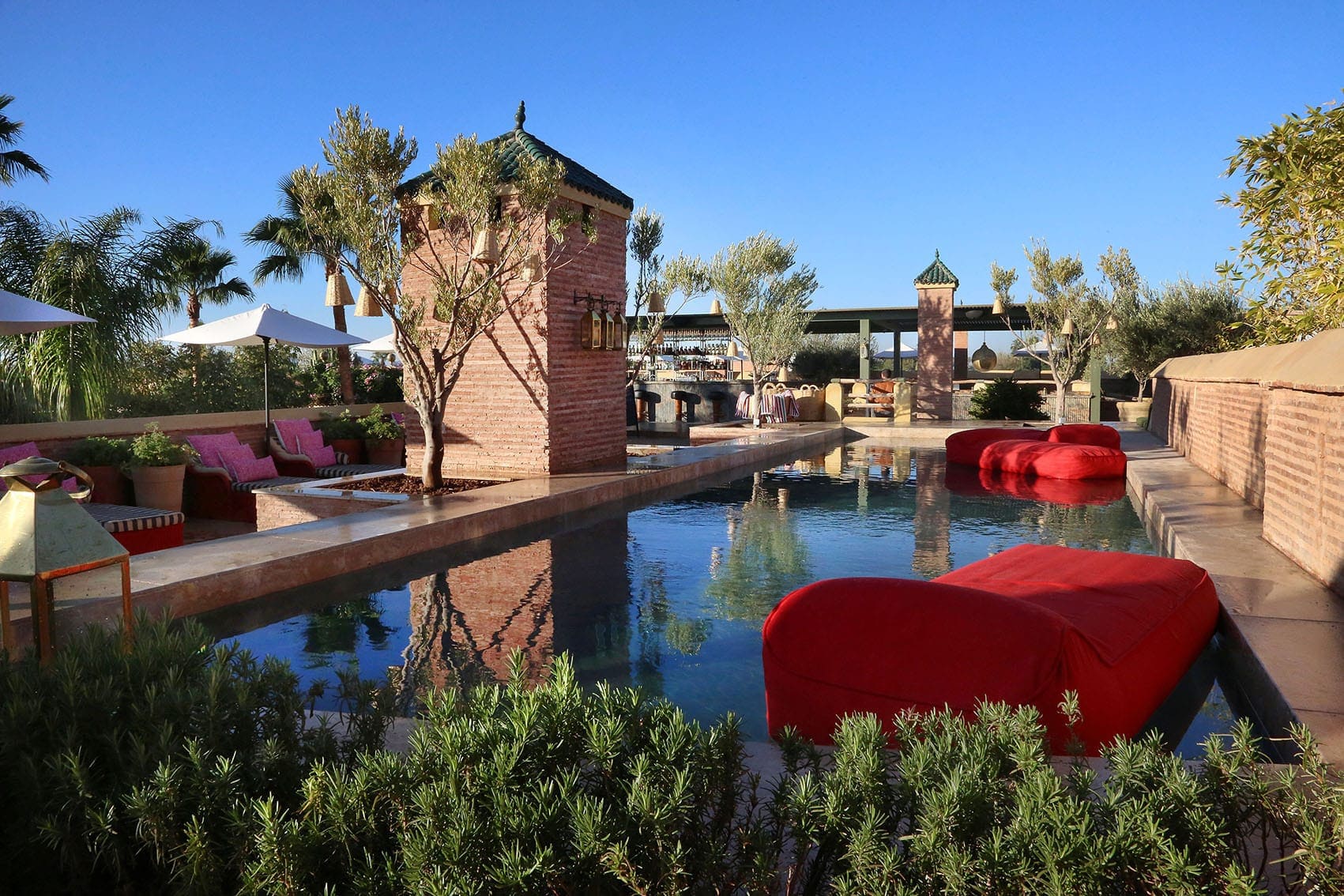
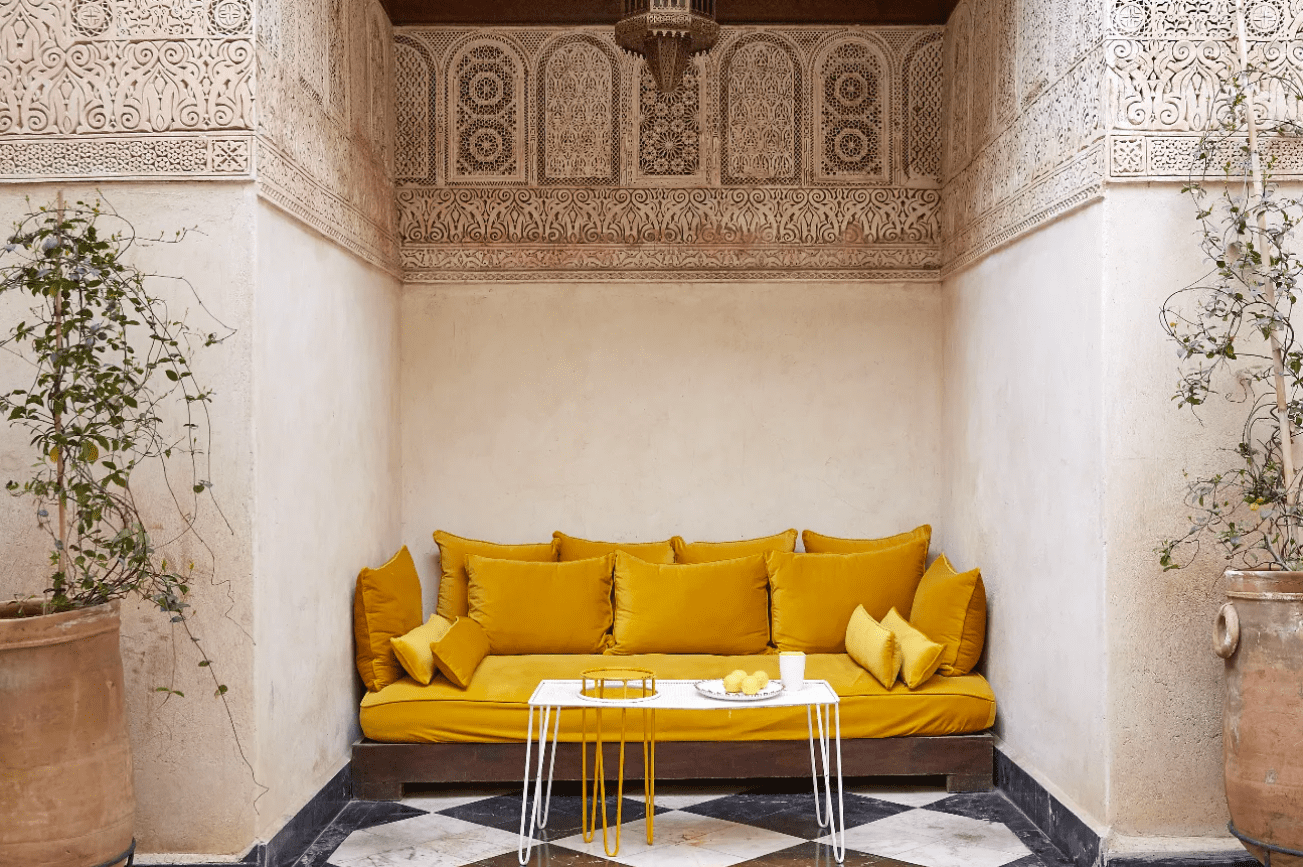
3. Al Bait Sharjah, UAE: A Step Back in Time
In the bustling city of Sharjah, Al Bait offers a unique journey into the past. This new luxury hotel is a stunning example of how modern hospitality can be seamlessly integrated into a historic setting, preserving the cultural heritage of the region.
Al Bait, which means “The Home” in Arabic, is part of a larger heritage project aimed at preserving the historic heart of Sharjah. The hotel’s design is inspired by traditional Emirati architecture, with wind towers, courtyards, and intricately carved wooden doors that transport guests to a bygone era.
The interiors are a mix of contemporary luxury and traditional Emirati elements, with locally sourced materials and handcrafted furnishings that reflect the region’s rich cultural heritage. The result is a hotel that offers all the modern comforts while preserving the charm and authenticity of old Sharjah.
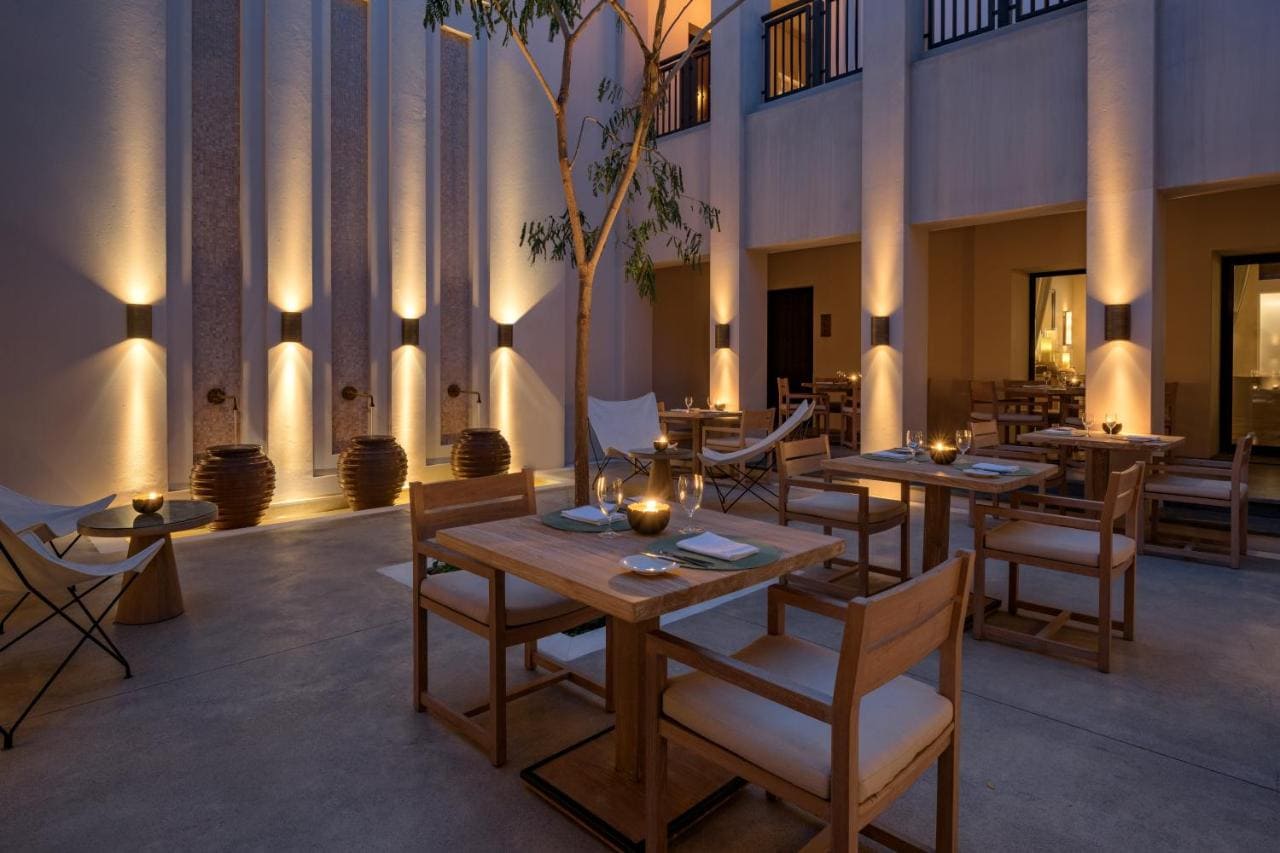
4. Capella Ubud, Bali: A Tribute to Bali’s Spiritual Landscape
If you’re looking for a hotel that’s truly in tune with its surroundings, Capella Ubud in Bali is the place to be. This luxury tented camp is set deep in the Ubud rainforest, offering a unique blend of colonial charm and Balinese tradition.
Designed by the legendary architect Bill Bensley, Capella Ubud is inspired by the early European explorers who came to Bali. The design is all about embracing the natural beauty of the rainforest, with each tented suite offering stunning views of the jungle and rice terraces
Inside, you’ll find a rich mix of Balinese culture, with hand-carved wooden furniture, local textiles, and traditional artwork that create a sense of place and history. The hotel is also committed to sustainability, using locally sourced materials and traditional construction techniques that minimize its impact on the environment. It’s a place where luxury meets spirituality, offering a deep connection to Bali’s rich cultural heritage.
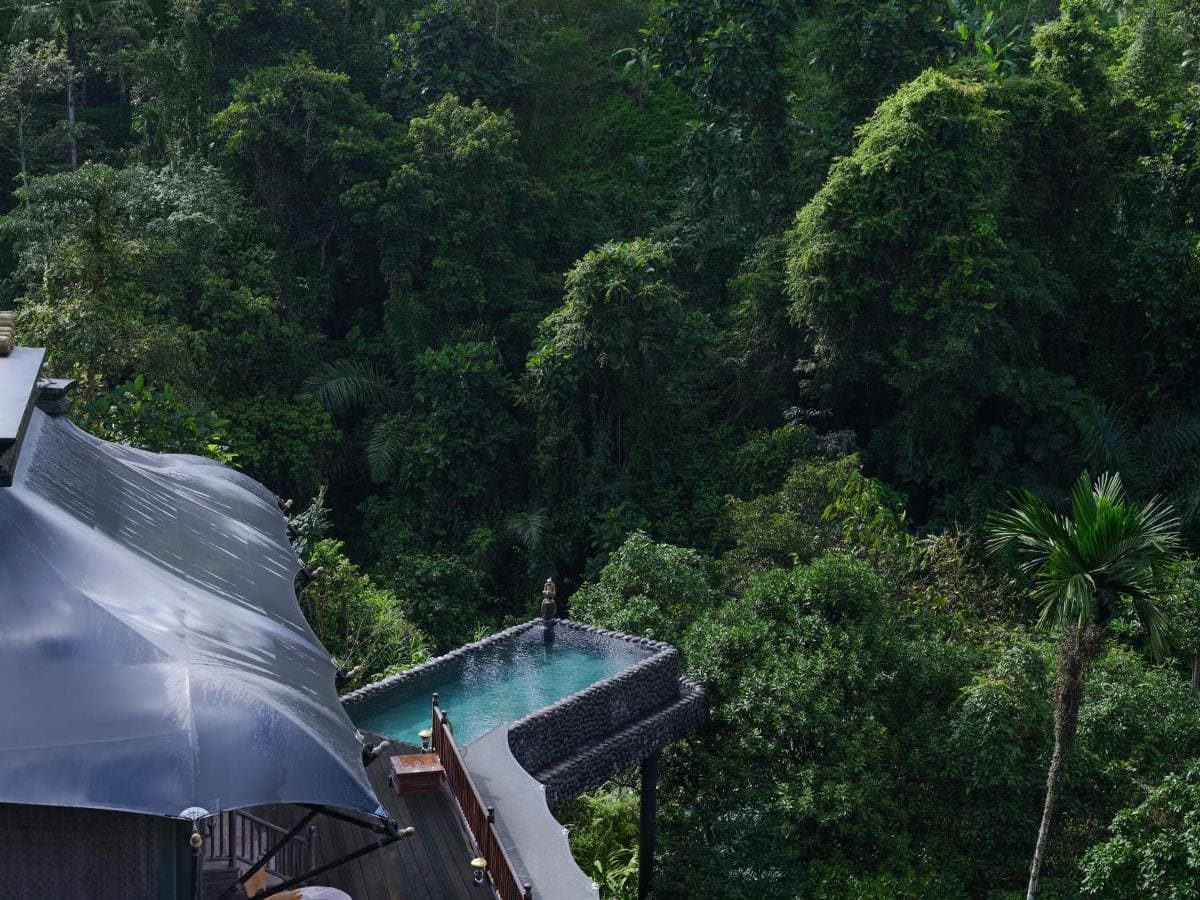
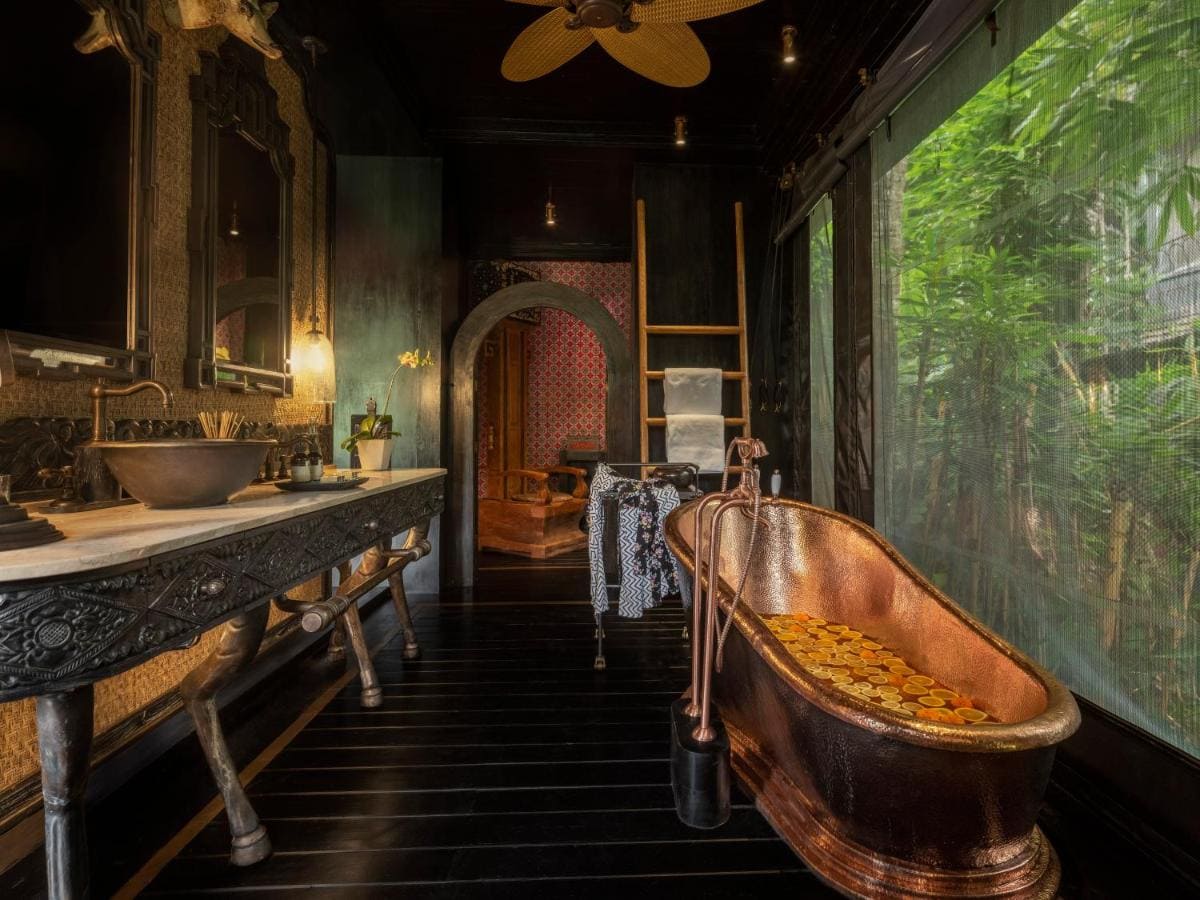
5. Zannier Hotels Sonop, Namibia: An Ode to the Desert’s Beaut
Set in the heart of the Namib Desert, Zannier Hotels Sonop is a luxurious tented camp that pays homage to the raw, untouched beauty of Namibia. The design of the hotel is inspired by the explorers who first ventured into this rugged landscape, blending vintage charm with the natural surroundings
The interiors of Zannier Hotels Sonop are a step back in time, with each tent featuring antique furnishings, rich textiles, and period-appropriate decor that evokes the spirit of early 20th-century exploration. The design also incorporates elements of local Namibian culture, with handcrafted items and artwork created by local artisans.
The hotel’s location, perched on top of a rocky outcrop, offers breathtaking views of the surrounding desert, and the design of the camp is intended to have minimal impact on the environment. This focus on sustainability, combined with the rich cultural references, creates a unique and immersive experience that connects guests to the spirit of the Namib Desert
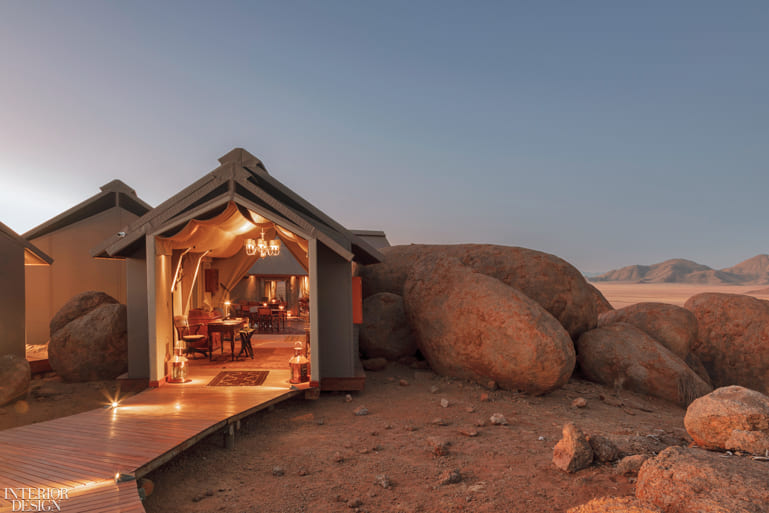
The Power of Local Culture in Hospitality Design
These examples show just how powerful local culture can be in shaping hospitality interior design. By embracing the traditions, materials, and stories of the region, these hotels have created spaces that are not just beautiful but deeply meaningful. They offer guests a chance to connect with the culture of the destination in a way that’s authentic and immersive, turning a simple stay into an unforgettable experience.
In a world where travelers are seeking experiences that go beyond the ordinary, integrating local culture into hospitality design is more important than ever. It’s a way for hotels to stand out, to tell a story that resonates with their guests, and to create spaces that aren’t just places to stay but places to experience.
Whether through traditional materials, local craftsmanship, or celebrating regional art, the best hotels know that design is more than just making things look nice — it’s about storytelling. And when that story is rooted in local culture, it creates an experience that’s truly one of a kind.


